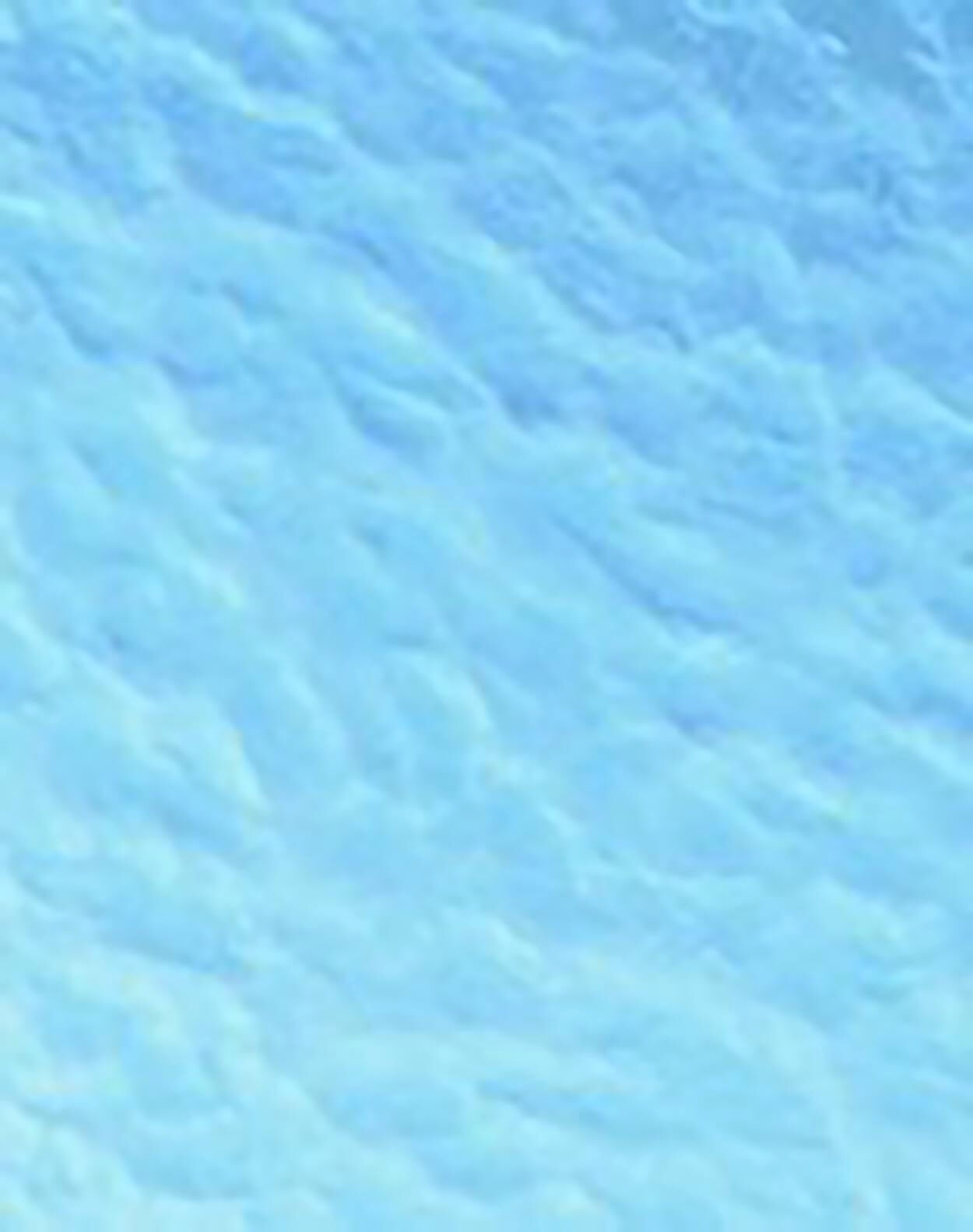
Lumps and Bumps
The skin can develop many kinds of lumps and bumps. Most of these lesions are harmless, though they sometimes cause discomfort and can be a cosmetic concern due to their abnormal appearance. The specialist dermatologists who consult at Northside Dermatology are trained to evaluate lumps and bumps of all kinds to determine whether they are benign or malignant and recommend appropriate treatment.
What Types of Lumps and Bumps Are Commonly Treated?
Some of the most common skin lesions treated are:
- Seborrhoeic Keratosis: a wart-like growth that appears during adulthood as a sign of skin ageing. Seborrhoeic keratoses can be treated with cryotherapy, shave excision or gentle curettage and diathermy.
- Benign Moles: noncancerous spots caused by pigment-producing cells in the skin. A benign mole can be removed by excision, shave excision or punch excision depending on its size, location, pigmentation pattern and other site-specific characteristics.
- Cysts: round lesions made of a capsule filled with fluid or semi-fluid material. Inflammation associated with a cyst can be treated with anti-inflammatory antibiotics or intralesional steroid injections. Surgical removal is the only way to permanently eliminate a cyst.
- Milia: tiny white bumps located just under the surface of the skin, giving the skin a rough or textured appearance. Milia can be treated with extraction, topical cream and fine wire diathermy.
- Syringomas: harmless tumours of the sweat ducts typically seen around the eyelid area. Syringomas can be treated with fine wire diathermy or a laser.
- Sebaceous Hyperplasia: a growth of the sebaceous (oil) glands that appears as whitish-yellow bumps with central pits. Fine wire diathermy or laser treatment can help clear or reduce the size of sebaceous hyperplasia.
- Xanthelasma: a soft and yellowish fatty deposit that commonly forms around the eyes. Xanthelasma can be treated with fine wire diathermy, topical TCA, excision or a laser.
- Campbell de Morgan: small red lesions, also called cherry angiomas, that arise due to an overgrowth of blood vessels. Campbell de Morgan spots can be removed with shave excision, punch excision, diathermy or vascular laser treatment.
- Dermatosis Papulosa Nigra: a collection of black or dark brown papules found mainly on the face and neck. DPN can be treated with fine wire diathermy or laser.
- Skin Tags: growths that project from the surface of the skin and often occur in folds where skin rubs together. Depending on their size, skin tags can be treated with cryotherapy, shave excision or diathermy.
- Comedones: superficial skin-coloured bumps frequently found in acne-prone skin. Treatment choices include topical prescription cream, steam and extraction, HydraFacial, fine wire diathermy and oral prescription medications.
What Techniques Are Used to Remove Lumps and Bumps?
Treatments available through the dermatologists who consult at Northside Dermatology include:
- Shave Excision: a simple procedure for superficial lesions that leaves minimal scarring
- Punch Excision: a technique performed with a specialised tool and usually closed with a small suture
- Excision: a surgical method that removes the lesion and a margin of tissue around it; the wound is then closed with suturing
- Curettage: a treatment in which the lesion is scraped off under local anaesthetic
- Cryotherapy: a nonsurgical technique using liquid nitrogen to freeze the lesion.
- Diathermy: a procedure that utilises heat to destroy the lesion; treated areas usually heal rapidly with minimal scarring
When Should I Get Checked?
Talk to a healthcare provider any time you are worried about an abnormal growth on your skin, particularly if it is growing or changing in a concerning way. Lesion assessment is essential to establish an accurate diagnosis and choose an appropriate treatment that will minimise scarring and recurrence. Schedule an appointment with a consultant dermatologist by calling Northside Dermatology on 03 8582 8688 today.
Send us a message
Contact Us
Hours of Operation
Monday - Friday, 9am-5pm
Phone Number
Fax Number
Emails
Medical Enquiries:
reception@northsidedermatology.com.auLaser & Cosmetic Enquiries:
cosmetic@northsidedermatology.com.au